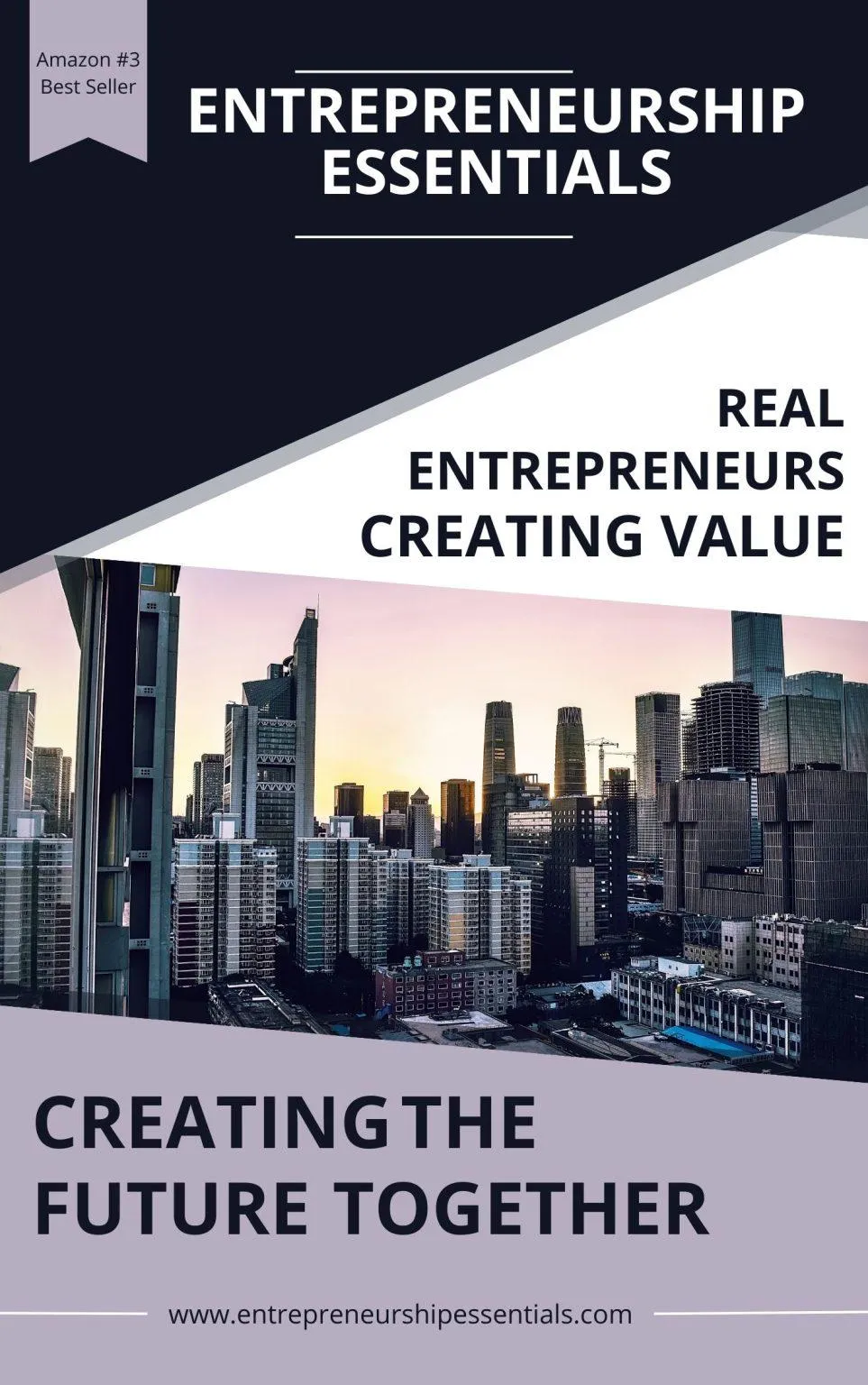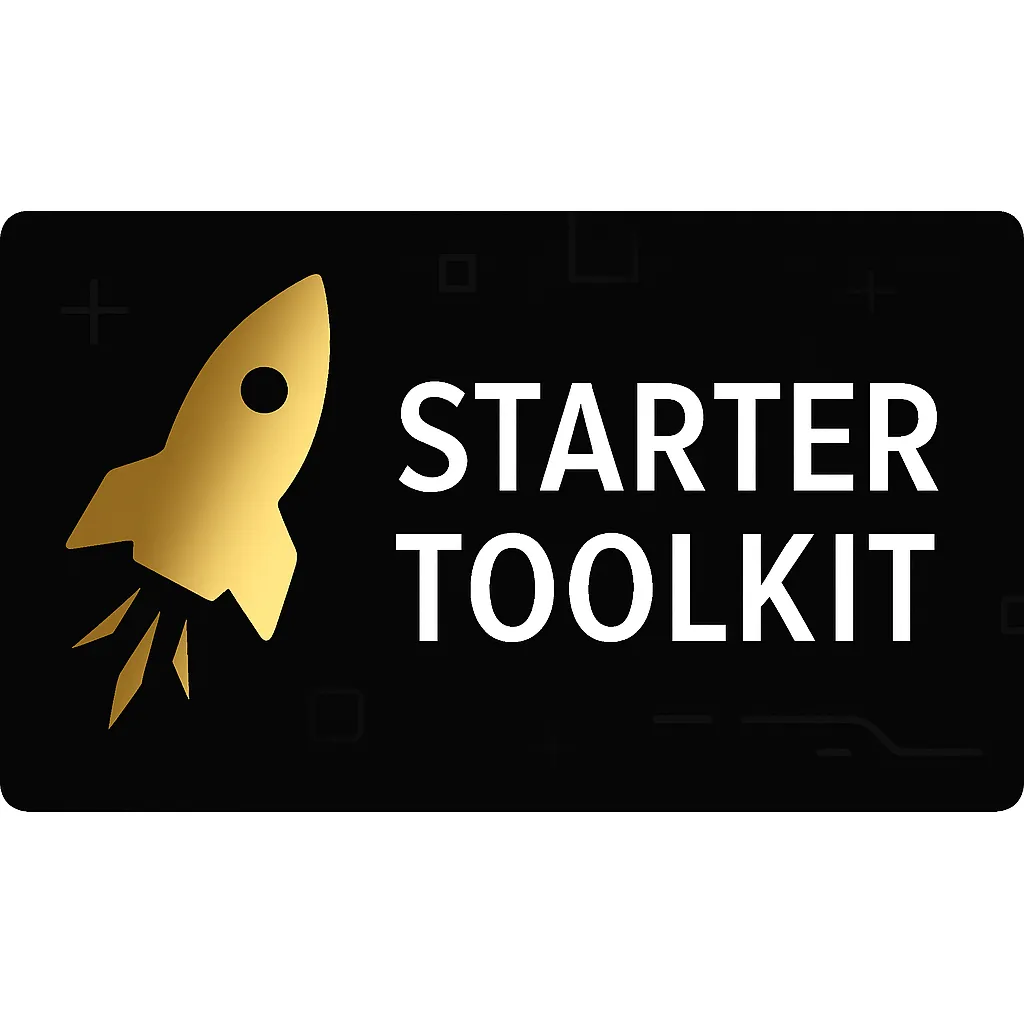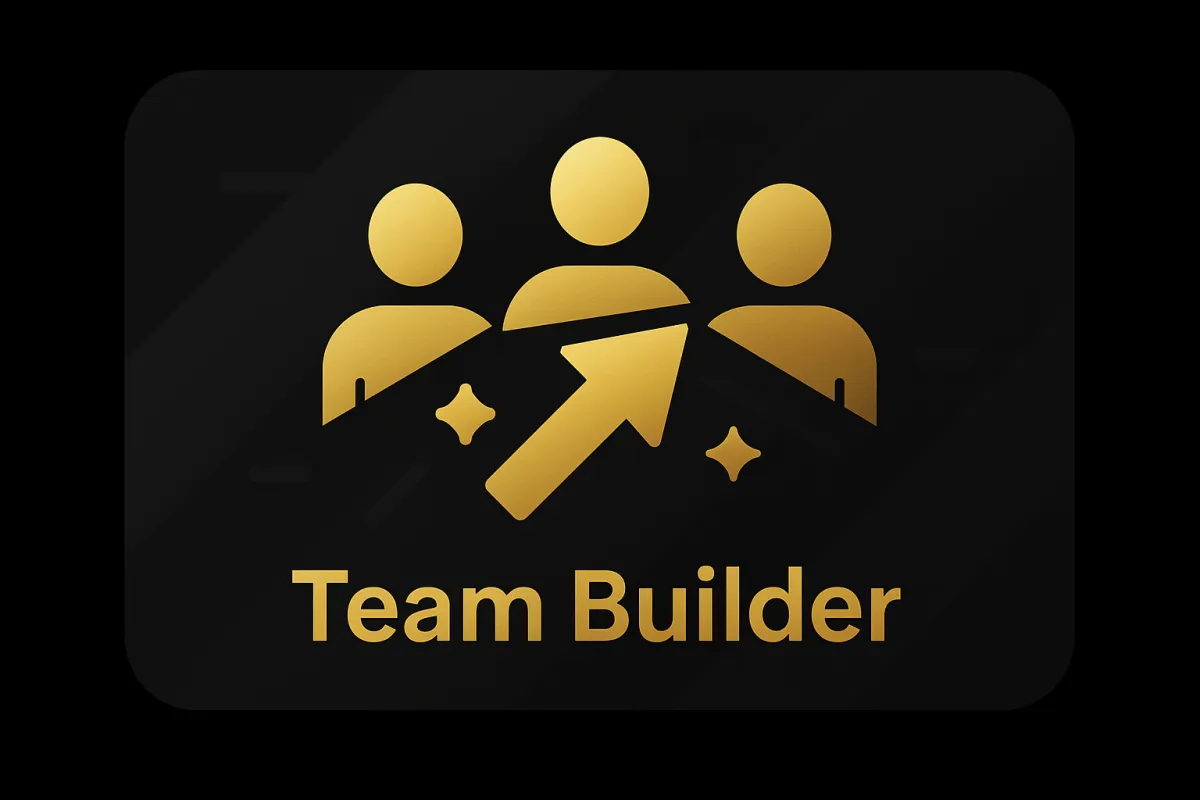How to Validate your Business Idea Before You Launch
Before you invest time or money, make sure your business idea truly solves a real problem. This step-by-step guide helps you validate your idea, test your assumptions, and build confidence before you launch. Turn your vision into a venture with clarity and purpose.
Why Validation Is Critical
The Cost of Skipping the Test
If there’s one mistake I see aspiring entrepreneurs make again and again, it’s this: they fall in love with the idea before they ever test it. I get it—I’ve done it too. We see a problem, imagine a solution, and then start building. But here’s the hard truth: an untested idea is just a hypothesis—and building a business on an untested hypothesis is like constructing a house on sand.
In my classroom and in my own ventures, I’ve seen how powerful validation can be. I’ve watched students go from rough ideas to profitable businesses—not by guessing what customers want, but by asking, listening, and iterating. One of my students pivoted their entire product concept after 10 interviews. Another pre-sold 100 units before ever building a prototype. These aren’t flukes—they’re examples of what happens when you test before you build.
Validation is about saving time, saving money, and increasing your chances of success. If you want to validate your business idea, you need to walk through a disciplined validation process that helps you uncover real demand, real customer behavior, and a real market. Whether you’re planning to launch a new business or evaluate a startup idea you’ve been sitting on, this process will give you the confidence to move forward—or the clarity to pivot before you waste time and resources.
Understanding Problem-Solution Fit
What Problem Are You Really Solving?
Before you can validate an idea, you need to understand the problem you’re solving. I tell my students all the time: fall in love with the problem, not the solution. Why? Because solutions change. They evolve. But the underlying problem—and how deeply it affects your target audience—is what matters most.
Let me give you an example. One of my students wanted to create an app that helped people find healthy recipes. It sounded great. But after a few interviews, she realized her audience wasn’t struggling to find recipes—they were struggling to plan meals with limited time and picky kids. Different problem. Different product or service. But once she understood the real pain point, she built something people actually wanted.
Ask yourself:
What’s broken?
What’s frustrating?
What are people doing now to deal with it?
These questions are at the heart of any good market research process. The deeper you go into the customer’s experience, the more clearly you’ll see the actual problem—and that’s when your business model starts to take shape.

Is It a Vitamin or an Aspirin?
Here’s a framework I use with students: Is your idea a vitamin or an aspirin? A vitamin is nice to have—it might improve someone’s life, but it’s not urgent. An aspirin solves a pain point—it’s needed right now.
While vitamins can make for great businesses, aspirins are much easier to sell—especially at the beginning. People pay to make pain go away. That’s why part of the validation process is assessing how urgent and painful the problem really is. The more painful it is, the easier it is to convert a potential customer into a paying one.
Networking: In the world of entrepreneurship, relationships can make or break a venture. Building a robust network – be it finding mentors, forging partnerships, or connecting with potential customers – plays a pivotal role in the venture’s success. Networking provides access to resources, insights, and opportunities that can be transformative.
Creating a Hypothesis to validate your startup idea
What Do You Think Is True?
Validating your idea starts with identifying your assumptions. You likely have a mental picture of who your customer is, what they want, and how they’ll respond to your product or service. But until you test those assumptions, they’re just guesses.
Your job now is to treat your startup idea like a scientist would. Write out your core hypotheses:
Who is my ideal customer?
What pain points are they facing?
What solution am I offering?
Why would they pay for this?
Each of these becomes a hypothesis you can test. For example: “Busy parents will pay $15/month for a personalized meal plan app.” That’s a testable statement—not a hope, not a dream, but a claim you can prove or disprove using surveys, landing pages, interviews, or pre-sales.
The Value of Clarity
Too many founders get fuzzy here. They pitch broad ideas—“It’s for everyone!” “It solves a little bit of everything!” But vague problems lead to vague products. Clarity creates traction. When you can clearly state what your customer wants, and how your solution creates value, you’ve got something worth testing..
A clearly defined value proposition helps you match the right solution to the right target market—and that’s the foundation of startup success.
Minimum Viable Product (MVP): Start Small to Learn Fast
What Is an MVP?
A Minimum Viable Product (MVP) is the simplest version of your solution that allows you to test your idea with real users. It’s not your final product. It’s not perfect. It’s just enough to get feedback and gather real market insights.
Think of it as a draft. A prototype. A test balloon. You’re not trying to impress investors—you’re trying to learn. That’s the entrepreneurial mindset shift every entrepreneur must embrace.
Examples of MVPs include:
A landing page that explains your offering and collects email signups
A video demo showing how your product works
A clickable prototype using design tools like Figma
A manual version of an automated service, delivered personally to test demand
The goal of an MVP is to simulate the customer experience and validate whether people engage with your solution.
Talk to Your Customers: Discovery Through Conversation
Conduct Interviews to Gather Qualitative Data
Market research doesn’t have to be complicated. Start by interviewing 10–20 potential customers. Focus on learning about their habits, frustrations, and current alternatives.
Ask open-ended questions like:
“Walk me through how you do this today.”
“What’s the most annoying part of that process?”
“Have you tried anything to fix it?”
These interviews help uncover language, motivations, and unmet needs. They give you direct access to how your target market thinks and talks about the problem—so you can better shape your solution.
Use Surveys to Validate at Scale
Once you identify patterns in interviews, design a short survey to validate those patterns across a larger sample. A well-designed survey can:
Confirm demand
Prioritize features
Estimate price sensitivity
Segment your audience by demographics or behaviors
Distribute it via email, social media, or forums where your target audience spends time. Surveys should be short, specific, and designed to clarify key assumptions.
Large Call to Action Headline
Analyzing the Competition: What Can You Learn Before You Launch?
Before you build your product, someone else may already be solving the problem you’re looking at. That’s not a reason to stop—it’s a reason to dig deeper. Competitive research can reveal both opportunity and risk. I tell my students: don’t just research competitors to copy them. Study them to learn where the gaps are.
Ask questions like:
Who is currently solving this problem?
What do customers love or hate about those solutions?
Where do competitors fall short?
What is their pricing, and what does their customer feedback reveal?
Great startups often succeed not by creating something completely new, but by doing something familiar better, faster, or for a specific niche.
Practical Tools and Techniques
Some tools my students use for this kind of market research include:
Google Reviews and Trustpilot
Reddit and Quora forums
G2 or Capterra (for software ideas)
YouTube product reviews and walkthroughs
This kind of analysis can not only validate the need but help refine your unique value proposition. You don’t just want to launch another option—you want to launch the better option for a well-defined audience.
Pre-Sell and Smoke Test Your Startup Idea
Why Pre-Selling Works
One of the strongest ways to validate your idea is to ask people to commit. Pre-selling shows that your product isn’t just interesting—it’s valuable enough to pay for.
This could mean:
Accepting pre-orders with a discounted offer
Offering limited spots in a beta program
Running a crowdfunding campaign
Pre-selling helps you measure intent, not just interest. It also gives you proof of concept you can use to build trust with partners and investors.
Smoke Tests and Landing Pages
A smoke test is a low-cost, low-risk way to evaluate demand. Build a simple landing page for your product or service. Include a clear value proposition, images or a short demo, and a call-to-action (e.g., “Join Waitlist” or “Buy Now”).
Then drive traffic to the page using:
Social media posts
Email campaigns
Small ad budgets (Google or Facebook Ads)
Measure conversion rates. If people visit your site and sign up, that’s a good sign. If not, you may need to revise your messaging—or your offer.
Understanding Market Size and Demand Potential
Estimating Market Opportunity
Even if your idea feels right, the size of the opportunity matters. If you’re building a business, you need to know how big your market is—because this impacts your revenue potential, pricing model, and investor interest.
You can explore:
Total Addressable Market (TAM) – the total demand for your solution
Serviceable Available Market (SAM) – the portion you can realistically serve
Serviceable Obtainable Market (SOM) – the segment you can reach in your first few years
Let’s say you’re building a niche app for vintage car collectors. Your TAM might be global, but your SOM might be 5,000 serious collectors in the U.S. That helps define the scope of your launch, your MVP, and your pricing strategy.
Using Market Size to Guide Strategy
If your market is too small, your business model may not be sustainable long-term. But if it’s too broad, you may struggle to gain traction. Validation helps you avoid both extremes. It ensures you’re building something people want—at a scale that makes sense.
Aligning Validation with Your Business Model
From Feedback to Financial Strategy
One of the most overlooked aspects of validation is how it connects to your business model. If your customers say they love the product but won’t pay for it, that matters. If they’d use it once but not again, that matters even more.
I always ask students: are you solving a one-time problem, or an ongoing need? A business model built on subscriptions, recurring purchases, or long-term engagement has a different validation process than a one-time sale.
Make Them Fall in Love—Over and Over Again
My personal philosophy is simple: don’t just sell once. Build something so valuable and personal that your customers come back for more. That might mean:
Building loyalty with recurring features
Offering value over time, not just up front
Creating upsells, add-ons, or continued service layers
Validation isn’t just about confirming your idea—it’s about discovering how you’ll turn that idea into a lasting relationship with your ideal customer.
Decide: Pivot, Persevere, or Pass
Making the Call
At the end of your validation process, you’ll be faced with a decision. Based on what you’ve learned, will you:
Persevere with your current plan?
Pivot to a modified idea, model, or market?
Pass and move on to a stronger opportunity?
There’s no shame in pivoting—or walking away. Validation is designed to help you avoid costly mistakes. Every test teaches you something valuable, even if it proves your idea wasn’t viable.
What Successful Entrepreneurs Do
The best entrepreneurs I’ve taught don’t get discouraged when things don’t work right away. They adapt. They improve. They find another way forward.
The goal of validating your business idea isn’t perfection. It’s progress. It’s creating clarity so you can make smart decisions about where to spend your energy, money, and time.
Your Next Step: Validate with Confidence
If you take nothing else from this article, take this: idea validation is not optional—it’s essential. It separates wishful thinking from strategic action.
Start today:
Clarify the problem you’re solving
Write out your core hypotheses
Design an MVP or landing page
Talk to your potential customers
Analyze your results—and act
You don’t need a million-dollar idea. You need a process to discover whether your idea solves a real problem for a real person who is ready to pay for a solution.
That’s how you validate a business idea. That’s how you build a startup with confidence.
The Entrepreneurship Essentials OER Textbook
Who This Resource Is For
First-generation college students
Working adults returning to school
Teachers and mentors looking for curriculum
Self-starters who want a roadmap
How to Use It in Classrooms, Accelerators, or on Your Own
This book can support:
Guided classroom lessons
Online learning platforms
Self-paced exploration
Business incubators and student pitch competitions
Every chapter includes practical tools, discussion prompts, and real-world case studies.
Start Your Journey with the Entrepreneurship Essentials OER Textbook
Small Call to Action Headline
The Entrepreneurship Essentials OER Textbook is just the beginning. The full Entrepreneurship Essentials curriculum offers:
Detailed chapters
Skill-building exercises
Ethical case studies
Pitch practice tools
Read the Deep-Dive Articles in This Series
Want to learn more?
[The Entrepreneurial Mindset: Traits That Drive Startup Success]
[How to Fund Your Startup: From Bootstrapping to Venture Capital]
[Ethics in Entrepreneurship: Why Values Matter in Business]
Download the Free Entrepreneurship Essentials Textbook or View Online
Entrepreneurship Essentials Textbook
OER Entrepreneurship Essentials Textbook

What is the first step in turning a vision into a real business?
“Entrepreneurship encompasses more than just launching new businesses; it includes the innovation and growth within existing companies. An entrepreneur can be anyone from an aspiring founder to a seasoned bThe first step is transforming your idea into a clear, actionable opportunity — by validating that it solves a real customer problem. Vision without action stays a dream; opportunity validation turns it into a venture.usiness owner, an innovator, or an executive seeking capital for starting a new venture, launching a novel product, or expanding a successful business line.”

How does the entrepreneurial mindset help you move from idea to launch?
The entrepreneurial mindset gives you resilience, adaptability, and the courage to act — even when the path is uncertain. It helps you focus on solutions, learn fast, and take smart risks that bring your venture to life.

Why do entrepreneurs struggle to turn vision into reality?
Many entrepreneurs get stuck between big ideas and practical action. Without structure, guidance, and the right mindset, it’s easy to lose momentum — but with the right support, that vision becomes a powerful plan.

What habits help entrepreneurs go from vision to venture?
Successful entrepreneurs build habits like testing ideas early, seeking feedback, refining their approach, and staying focused on solving real problems. These habits turn inspiration into impact, one step at a time.

How do you know when your vision is ready for launch?
Your vision is ready when it’s backed by customer validation, a clear value proposition, and an actionable plan. The entrepreneurial mindset helps you recognize this point — and gives you the confidence to act on it.

Ready to take the first step?
Join Our COMMUNITY
We all have different paths to success, some have achieved it and some have just taken the first step.
True Entrepreneurship:
Creating Value For Others
Watson is a leading speaker on entrepreneurship and education. His motivational lectures on modern learning technologies, assessment, and the engaged learner experience have inspired today’s learner and challenged educators to update their approach to teaching.
Dr. Greg Watson is a serial entrepreneur and retired professor of entrepreneurship and former director of the center for teaching and learning. As co-chair of the #5 ranked Entrepreneurship New Venture Development program – he lead a mentor team overseeing student entrepreneurial ventures from the ideation stage to value proposition to validation to launch. With an emphasis on the entrepreneurial mindset and entrepreneurial spirit Greg helps you discover that dream.
“You didn’t learn to ride a bike in a workshop” (Sandler) – finding the right entrepreneurial mentor, training, program or entrepreneurship course is often the difference between success and failure.

Copyright© 2025 Entrepreneurship Essentials. All Rights Reserved













